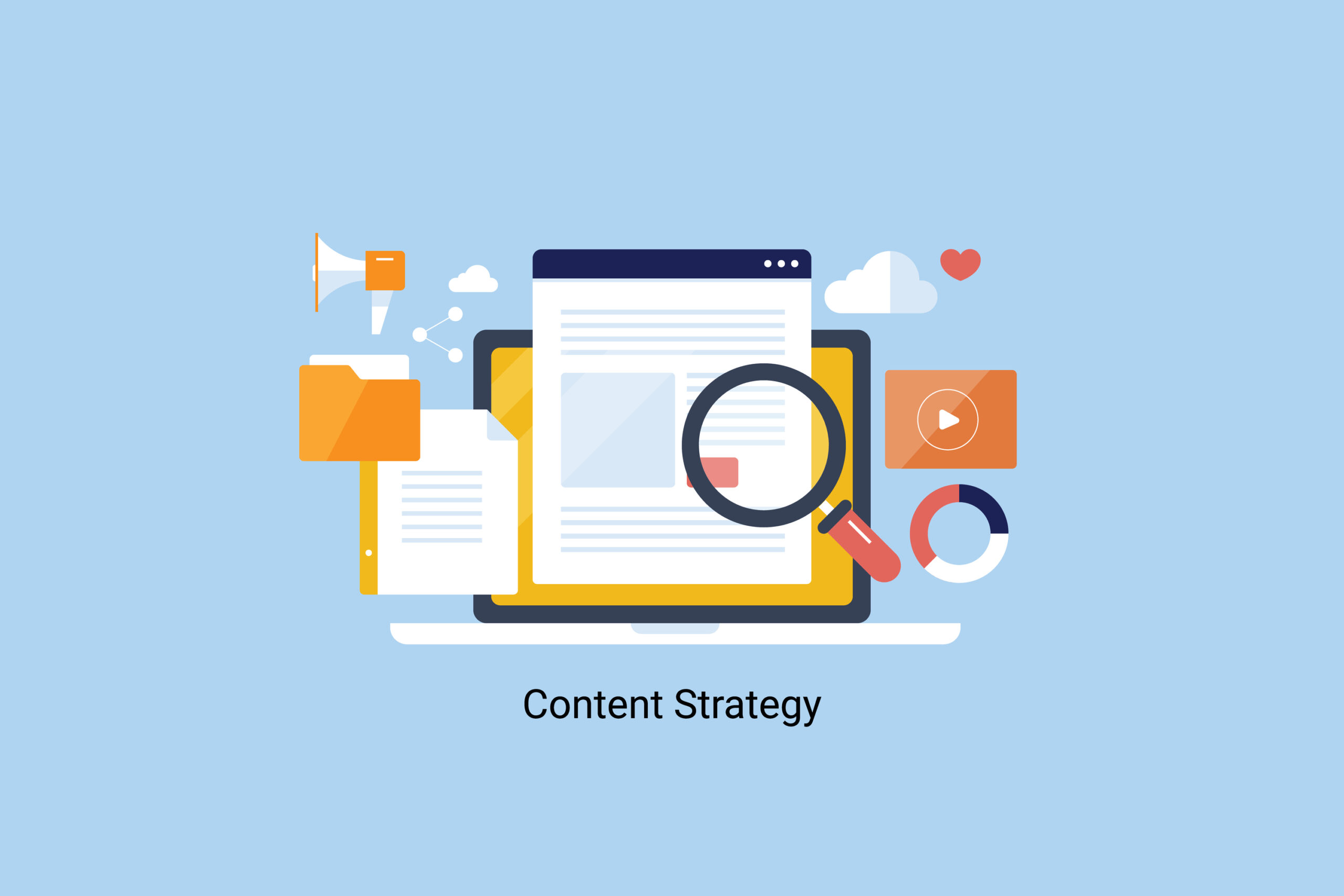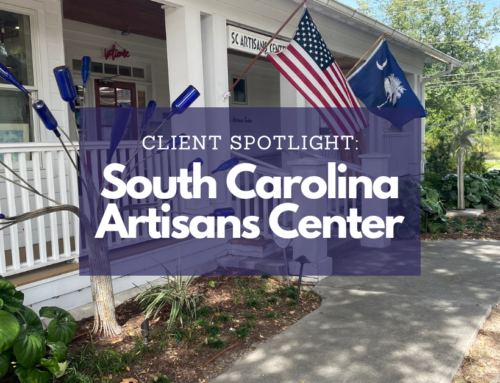In the dynamic landscape of modern marketing, effective communication among different organizational departments is vital to achieving coherent and impactful campaigns. This holds particularly true for the travel and tourism industry, where successful destination marketing requires collaboration between various teams. Enter the content plan – a strategic roadmap that not only keeps your brand on course but also facilitates seamless interaction among different departments. Here we’ll delve into the ways a content plan can captivate communication between social media marketing, digital ads, the CEO, PR department, and the sales team. We’ll explore the benefits of having a high-level content plan on a monthly, quarterly, or annual basis and highlight how this plan can be a linchpin for engaging travel audiences and local stakeholders alike.
The Power of a Shared Content Plan
A content plan serves as the North Star for your marketing endeavors, providing a holistic overview of your brand’s messaging and goals. When embraced as a shared resource across departments, it acts as a common language that bridges the gaps between various functions. Let’s break down its role in fostering effective communication among different teams:
1. Social Media and Digital Ads Collaboration
In the fast-paced world of social media and digital advertising, consistency is key. A content plan outlines the themes, messages, and campaigns for specific periods, ensuring that your social media and digital ads teams are aligned in their efforts. Regular brainstorming sessions between these teams become more fruitful when there’s a structured plan in place. Moreover, a content plan prevents overlapping or contradictory campaigns, thereby maximizing the impact of your online presence.
2. CEO Alignment
CEOs often have a macroscopic view of the brand’s direction. A content plan acts as a bridge between the CEO’s vision and the tactical execution of marketing campaigns. When the CEO is familiar with the content plan, they can provide valuable insights, ensuring that the marketing strategies align with the organization’s overall goals. This alignment leads to a more efficient allocation of resources and a cohesive brand image that resonates with stakeholders.
3. PR Department Engagement
Public Relations is all about storytelling and maintaining a positive brand image. A content plan guides the PR department’s efforts by providing a framework for crafting narratives that synchronize with ongoing marketing campaigns. Whether it’s a press release, media event, or influencer collaboration, the PR team can weave their efforts seamlessly into the larger marketing narrative, enhancing the brand’s credibility and visibility.
4. Empowering the Sales Team
For the sales team, a content plan is essentially a treasure map. It equips them with up-to-date information on ongoing campaigns, target demographics, and key messages. With this knowledge, the sales team can tailor their pitches while aligning their conversations with marketing. The result? A more informed and persuasive sales force that capitalizes on the momentum generated by marketing initiatives.
Exploring the Overall Benefits of a High-Level Content Plan
While the content plan facilitates interdepartmental communication, it also offers more tangible benefits that signify noteworthy success.
1. Enhanced Efficiency
A content plan is the antidote to improvised decision-making. When everyone knows the overarching plan, time-wasting debates and misunderstandings are minimized. Resources are directed toward executing carefully considered campaigns, rather than scrambling to align last-minute efforts.
2. Consistent Brand Messaging
Inconsistency can dilute a brand’s identity. A content plan ensures that your messaging remains uniform across different platforms and channels. This cohesiveness fosters brand recognition and strengthens your position in the market.
3. Adaptability and Agility
While a content plan provides a structured framework, it doesn’t stifle creativity or flexibility. In fact, it empowers teams to adapt to changing circumstances without losing sight of the big picture. Whether it’s responding to a real-time trend or addressing unexpected challenges, a content plan guides adept decision-making.
4. Improved ROI
When everyone is working in tandem, resources are used more carefully. Duplication of efforts is minimized, and campaigns are strategically united, leading to an optimized return on investment. With a well-coordinated approach, the impact of your marketing initiatives is maximized.
Tips for Creating and Executing a Shared Content Plan
Developing a shared content plan might sound overwhelming, but it doesn’t have to be. Here are a few key steps to help you move toward an easily communicated content plan:
Define Your Objectives: Clearly outline your brand’s goals for the upcoming period. Whether it’s brand awareness, lead generation, or community engagement, these objectives will drive your content plan.
Identify Key Themes and Messages: Based on your objectives, pinpoint the main themes and messages you want to convey. These will serve as the foundation for your campaigns.
Divvy Up the Work: Determine the budget, personnel, and tools required for each campaign. This ensures that every department knows its role in bringing the plan to life.
Create a Clear Content Calendar: Map out the campaigns, events, and initiatives on a timeline. Monthly, quarterly, and annual views can provide a comprehensive perspective.
Implement Regular Updates: The content plan isn’t set in stone. Regularly review and update it to reflect changing circumstances, trends, and goals.
Communicate Clearly: Distribute the content plan across departments and hold meetings to discuss its implementation. Encourage open dialogue and collaboration.
Going All in On a Content Plan
In the intricate process of marketing a particular destination, a content plan can be the very solution that orchestrates harmony among different organizational departments. From social media to the CEO’s office, this strategic roadmap propels teams toward aligned goals while fostering seamless communication. By embracing a shared content plan, travel industry organizations can harness the power of cohesion, consistency, and collaboration. In doing so, they not only captivate travel audiences but also strengthen bonds with local stakeholders, ensuring a lasting impact in the world of destination marketing.
If you’re looking for a partner with ample experience and proven success in facilitating smart, strategic content plans, reach out to Advance Travel and Tourism today.





